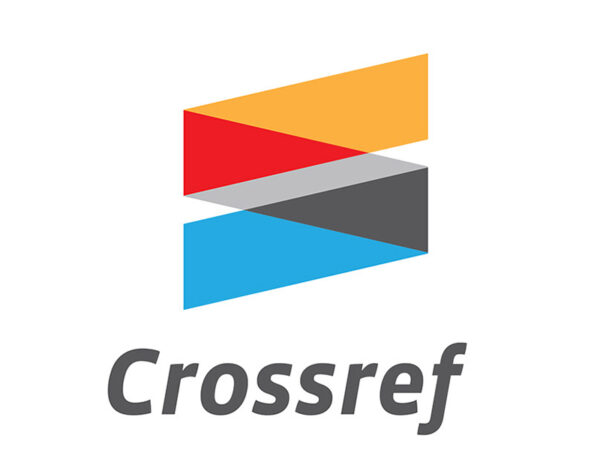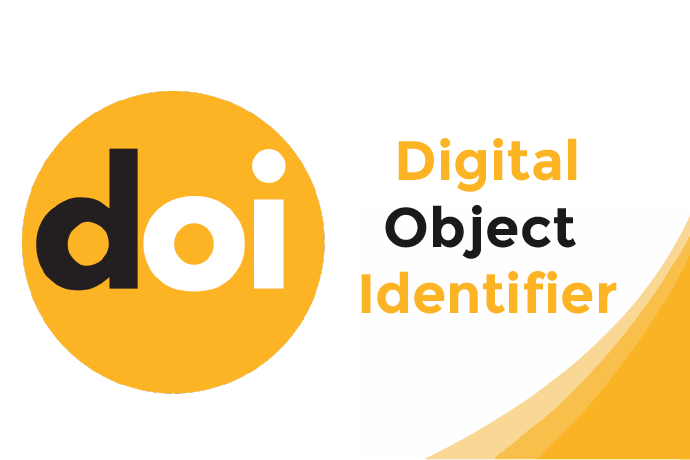Character Recognition of Auslan Sign Language using Neural Network
Abstract
People which have inability to speak use different modes of communication to convey their message the most
common one is sign language they use hand gestures and orientation of arms with facial expressions. To make it easy
for the normal people to communicate with deaf people we use neural networks to build an AI model application. We
use Densely Connected Convolutional Neural Networks to capture the features of image dataset with label of sign
languages. The goal of this work is to take the first crucial step in using sign language to overcome the communication
gap between hearing people and deaf and people. For this we use image dataset consists of 1300 images. By using
Convolutional Neural Network, we got an accuracy of 92%.
References
convolution neural network." In Smart Computing and Informatics: Proceedings of the First International Conference on
SCI 2016, Volume 2, pp. 403-412. Springer Singapore, 2018.
[2] Mekala, Priyanka, Ying Gao, Jeffrey Fan, and Asad Davari. "Real-time sign language recognition based on neural
network architecture." In 2011 IEEE 43rd Southeastern symposium on system theory, pp. 195-199. IEEE, 2011.
[3] Garcia, Brandon, and Sigberto Alarcon Viesca. "Real-time American sign language recognition with convolutional neural
networks." Convolutional Neural Networks for Visual Recognition 2, no. 225-232 (2016)
[4] Jia, Yangqing, Evan Shelhamer, Jeff Donahue, Sergey Karayev, Jonathan Long, Ross Girshick, Sergio Guadarrama, and
Trevor Darrell. "Caffe: Convolutional architecture for fast feature embedding." In Proceedings of the 22nd ACM
international conference on Multimedia, pp. 675-678. 2014.
[5] Weissmann, John, and Ralf Salomon. "Gesture recognition for virtual reality applications using data gloves and neural
networks." In IJCNN'99. International Joint Conference on Neural Networks. Proceedings (Cat. No. 99CH36339), vol.
3, pp. 2043-2046. IEEE, 1999.
[6] Trigueiros, Paulo, Fernando Ribeiro, and Luis Paulo Reis. "Vision-based Portuguese sign language recognition system."
In New Perspectives in Information Systems and Technologies, Volume 1, pp. 605-617. Springer International
Publishing, 2014.
[7] Tavari, Neha V., and A. V. Deorankar. "Indian sign language recognition based on histograms of oriented gradient."
International Journal of Computer Science and Information Technologies 5, no. 3 (2014): 3657-3660.
[8] Hasan, Haitham, and S. Abdul-Kareem. "RETRACTED ARTICLE: Static hand gesture recognition using neural
networks." Artificial Intelligence Review 41 (2014): 147-181.
[9] Nagarajan, Sathish, and T. S. Subashini. "Static hand gesture recognition for sign language alphabets using edge oriented
histogram and multi class SVM." International Journal of Computer Applications 82, no. 4 (2013).
[10] Gupta, Bhumika, Pushkar Shukla, and Ankush Mittal. "K-nearest correlated neighbor classification for Indian sign
language gesture recognition using feature fusion." In 2016 International Conference on Computer Communication and
Informatics (ICCCI), pp. 1-5. IEEE, 2016







